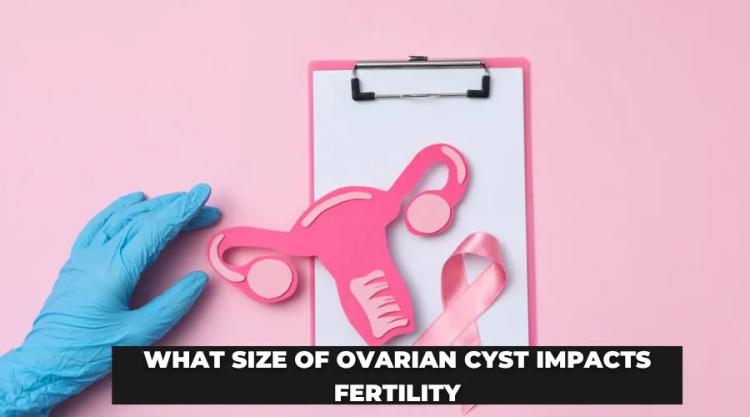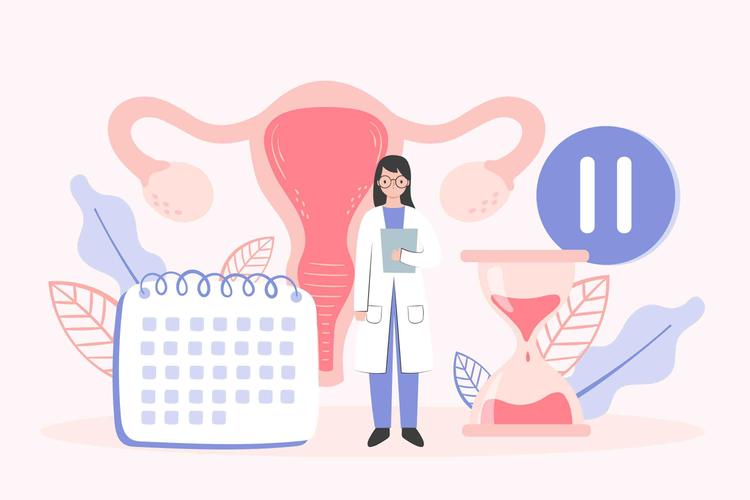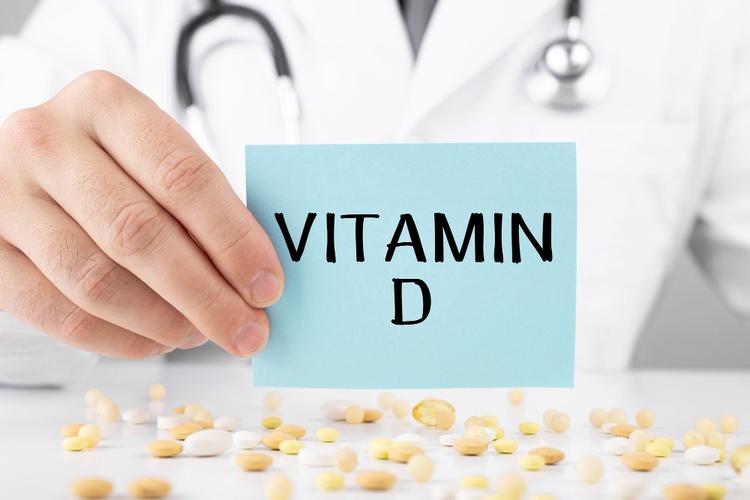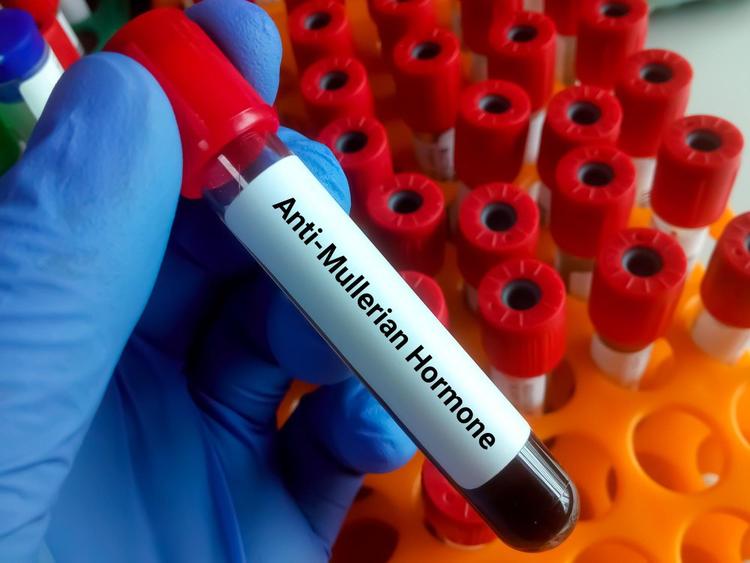Ovarian Cyst: Causes, Symptoms and Treatment

Medically Reviewed By
Dr. Ragiinii Sharma
Written By Srujana Mohanty
on May 15, 2022
Last Edit Made By Srujana Mohanty
on Feb 26, 2025

Ovaries are integral to a female reproductive system. Not only do they support the chances of conception, but ovaries also assist in hormonal regulation in the bloodstream. Ovarian cysts, unlike ovarian cancer, are benign fluid-filled sacs in the ovaries. Although not harmful for the most part, some ovarian cysts can later transform into cancer without proper diagnosis and treatment. Most of the time, ovarian cysts don’t showcase notable symptoms, making it difficult for the patients to get a prompt and accurate diagnosis.
This article will explore everything you need to understand about ovarian cyst, the causes, symptoms and treatment options.
In this Article
What are Ovarian Cysts?
Ovarian cysts are prominent pockets or fluid-filled sacs in the ovaries. Although most of these cysts appear and dissolve independently without exhibiting any symptoms or needing treatment, some cysts take a turn for the worse and cause pain and discomfort. Most of the developed ovarian cysts in the body are benign and don’t impose fatal harm. However, if a progressing cyst in the ovary ruptures, it can expel the fluid contents out of the cyst, leading to complications. 
What are the Types of Ovarian Cysts?
There are two primary types of ovarian cysts – follicle cyst and corpus luteum cyst. There are two other types of non-functional cysts, called dermoid cysts and endometrioma cysts, that don’t significantly influence the body. Let us explore more about the types of functional ovarian cysts: Follicular cysts – these kinds of ovarian cysts are formed when the follicle doesn’t break open and release the egg. The contents of the follicle are then stored inside the ovary, leading to the formation of the cyst. Corpus luteum cysts – once the egg is released from the mature follicle, the follicular sac dissolves. But, in some cases, the follicular sac might not dissolve and accumulate additional fluid and form a cyst in the ovaries. In most cases, the progressive development of cysts in the ovaries leads to polycystic ovarian syndrome (PCOS).
What are the Symptoms of Ovarian Cysts?
Like ovarian cancer, even ovarian cysts don’t produce any tangible symptoms. This makes it difficult for patients to get an early diagnosis. That aside, some of the ovarian cyst symptoms include:
- Abdominal bloating
- Pelvic pain
- Pain during bowel movements
- Lower back pain
- Pain during sexual intercourse
- Tenderness in the breasts
- Nausea
- Vomiting
- Dizziness
- Fatigue
- Rapid breathing (in severe cases)
- Infections (when the cysts rupture)
If the cysts rupture or there is a condition called ovarian torsion, the symptoms can get progressively worse and painful for the patient. If you notice a high-grade fever with pain and discomfort in the abdomen, it calls for an immediate doctor’s appointment.
What are the Main Causes of Ovarian Cysts?
Surprisingly, the causes behind ovarian cysts depend on the type of cyst you have. However, for the most part, the irregularities in the menstrual cycle, unregulated hormonal balance, etc., are common contributors. Following are some of the ovarian cyst causes based on the type of ovarian cysts you have:
| Type of Ovarian Cysts | Causes |
| Follicular cyst | Happens when the follicle doesn’t release the egg after its release from the ovaries. |
| Corpus luteum cyst | Fluid accumulation in the residual follicular sac after it releases the egg. |
| Dermoid cyst | Form from embryonic cells. |
| Cystadenomas | Develop on the ovarian surface and contain water and mucus in them. |
| Endometriomas | Formed from excess uterine endometrial cell outgrowth, causing endometriosis. |
If left untreated, most of the non-functional cysts (dermoid and crystadenomas) lead to increase in their size and capacity, which eventually leads to ovarian torsion. Some of the potential risk factors of developing ovarian cysts include:
- Unregulated hormonal levels
- Pregnancy
- Endometriosis
- Pelvic infection
- Medical history of ovarian cysts
Although most types of ovarian cysts are benign, it is crucial to get timely treatment to rule out possible complications like rupture and torsion.
How are Ovarian Cysts Diagnosed?
Since the symptoms of ovarian cysts are not that prevalent in women, it is difficult to know when to see a doctor. Ideally, you have to seek a doctor’s consultation when you witness any of the symptoms we have mentioned above. Depending on the symptoms, your doctor will ask for a comprehensive rundown of your medical history, other diagnosed diseases or any medications that you are currently on. Following that, your doctor will most likely prescribe a few routine tests as mentioned below: Pelvic examination – this is a type of physical examination where the doctor inserts a finger into the patient’s vagina to check the reproductive organs and assess possibilities of cysts or tumors in the ovaries. Imaging tests – transvaginal ultrasound is a very common imaging test that generates images of the uterus and allied reproductive organs using sound waves. The test gives a clear image of the development of cyst in the uterus. Blood test – since ovarian cysts often impose risks of ovarian cancer in some patients, your doctor might prescribe a CA25 test to check for cancer antigens in the bloodstream. Sometimes, elevated CA25 levels in the blood also indicate possibilities of endometriosis, pelvic inflammatory disease or fibroids. Laparoscopy – this procedure uses a laparoscope, which is inserted into the body through a small incision into the abdomen to check the location of the cysts and surgically remove them during the procedure.
How are Ovarian Cysts Treated?
Once the doctor ascertains a diagnosis for ovarian cysts, your doctor will then craft a customized treatment plan depending on the cysts' age, size, and location. Some of the potential treatment options include:
Wait and watch
Most of the ovarian cysts disappear on their own over time and without any additional treatment. Your doctor will advise checking the severity of the cysts first. If the number of cysts isn’t a lot or very small in size, your doctor will advise waiting for a few weeks and getting imaging again. If the cyst hasn’t reduced in size, your doctor will proceed with the next treatment step.
Medications
Hormonal or synthetic contraceptives like birth control pills help regulate the hormonal balance in the bloodstream, thereby preventing the further development of cysts. Most of the medications prevent further progress of the cysts, but they won’t reduce the size of the existing ovarian cysts.
Surgical Interventions
If the cysts are larger or inhibiting the normal functions of the ovary, your doctor will suggest getting them removed surgically. It can include ovarian cystectomy (removing the cysts from the ovary while keeping the ovary intact) or oophorectomy (removing one or either of the affected ovaries). In severe cases where the cysts have either converted to a hemorrhagic cyst, or there is cystic mass in other parts of the reproductive anatomy of the patient, the doctor might suggest getting a total hysterectomy (removal of the uterus, ovaries and fallopian tubes). The extent of the ovarian cyst treatment depends on the severity of the ovarian cysts and how far it has progressed in the individual. Most of the time, your doctor will start with waiting, following which other interventions are introduced.
What are the Possible Complications of Ovarian Cysts?
Despite being benign in most cases, ovarian cysts can lead to complications if they progress uncontrollably and without any regulation. Some of the possible complications involved with ovarian cysts are:
- A few cases of ovarian cysts might be malignant and lead to ovarian cancers.
- In rare instances, some ovarian cysts contribute to the abnormal production of reproductive hormones in the body, which lead to several complications.
- Some fluid-filled cysts can rupture and burst, leading to risks of infections.
- Complicated cases of ovarian cysts budding from the stalk of the ovary can inhibit blood flow to the ovaries, leading to damage.
- Larger cysts can cause abdominal swelling and affect the normal functioning of the other major organs.
As a woman, especially with age, getting a regular pelvic examination is ideal to prevent the severities associated with ovarian cysts. Regular pelvic examinations enable early diagnosis and medical interventions to prevent worsening conditions.
Frequently Asked Questions
-
How long does the ovarian cyst pain last?
The pain from an ovarian cyst often occurs when it is a hemorrhagic ovarian cyst, or it is progressing in size. In most cases, the pain lasts more than two weeks, following which you need to see a doctor. -
Is an ovarian cyst a serious condition?
Ovarian cysts aren’t always a matter of concern unless it projects severe symptoms like chronic abdominal pain, fever, swelling, discomfort, etc. -
Can stress cause ovarian cysts?
Although there aren’t many conclusive studies to support the claim, a few studies highlight correlations between emotional stress and polycystic ovarian syndrome.
Conclusion
Ovarian cysts are treatable and preventable. There’s no need to panic right away if you are diagnosed with it. Instead, discuss the treatment options, possible long-term outlook and accessory lifestyle changes that you could make to alleviate the symptoms and lead a normal life.



